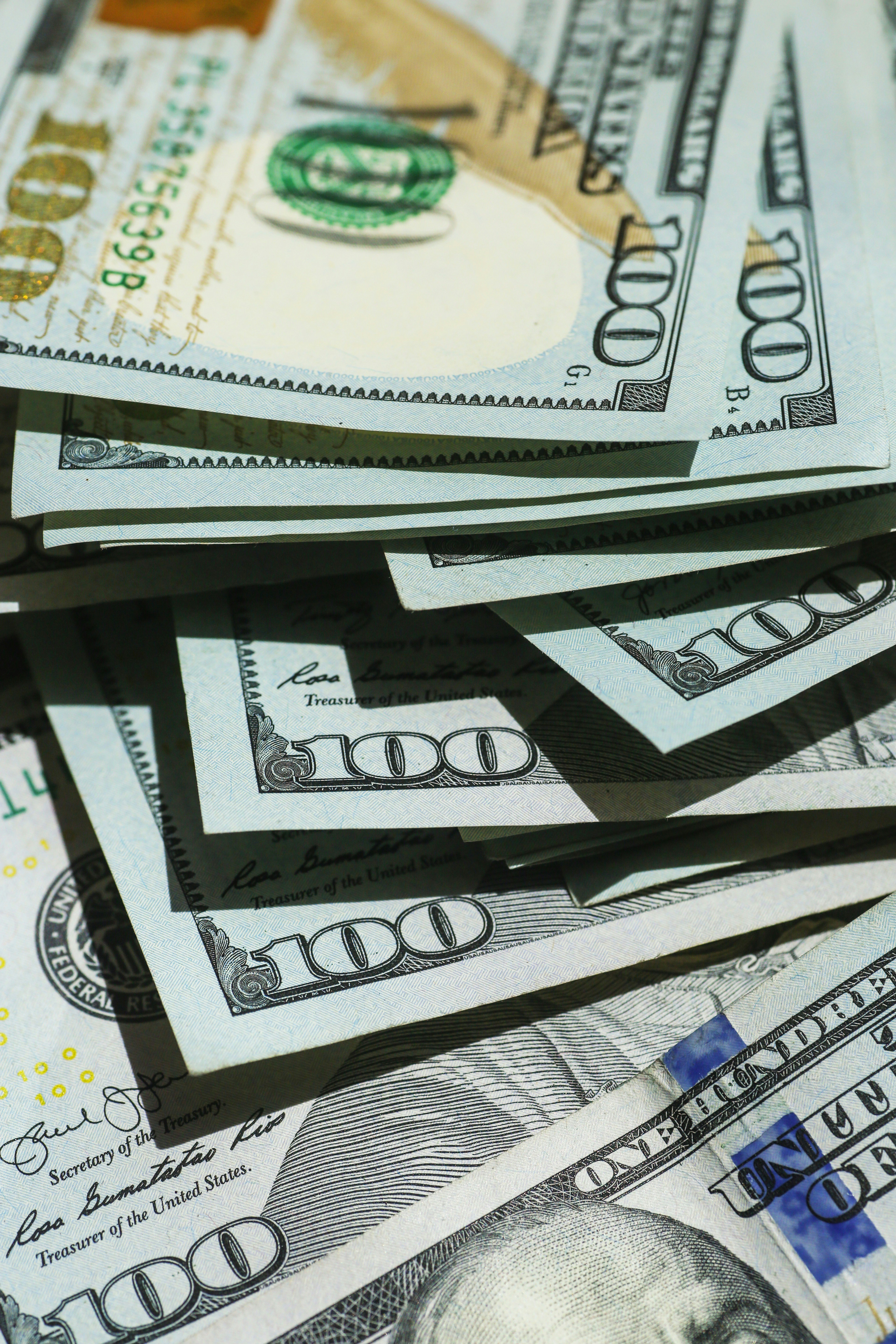Biden Vs. Trump: Economic Policies And The Future Of The US Dollar

The 2024 US presidential election holds significant implications for the future of the US dollar. Voters are faced with a choice between two distinct economic visions: a second term for President Joe Biden or a return to leadership by former President Donald Trump. Each candidate's approach to economic policy could profoundly shape the trajectory of the currency. This article examines how the US dollar might fare under each potential administration.
Biden’s Approach to Economic Policy
President Biden’s economic strategy has focused on extensive fiscal spending and tax reforms aimed at fostering economic growth, addressing social inequalities, and investing in infrastructure and green energy.
Fiscal Spending and Infrastructure
Biden’s administration has prioritized large-scale infrastructure projects and investments in green energy. These initiatives are designed to boost long-term economic productivity. However, continued high levels of government spending could increase the national debt, raising concerns about fiscal sustainability and potentially weakening the dollar.
Inflation and Federal Reserve Policy
The administration’s spending policies have contributed to inflationary pressures. If inflation remains high, the Federal Reserve may need to raise interest rates, which could attract foreign investment and strengthen the dollar. Conversely, if inflation outpaces economic growth, it could erode confidence in the currency.
Trade and International Relations
Biden’s emphasis on rebuilding alliances and promoting fair trade practices aims to ensure stable and predictable trade relations. Such stability could support the dollar by fostering a favorable environment for international trade and investment.
Trump’s Approach to Economic Policy
Former President Trump’s economic policies focus on tax cuts, deregulation, and renegotiating trade agreements to protect American industries and stimulate economic growth.
Tax Cuts and Deregulation
Additional tax cuts and deregulation under Trump could stimulate economic activity and attract investment, potentially strengthening the dollar in the short term. However, increased budget deficits from tax cuts might raise concerns about long-term fiscal health, putting downward pressure on the dollar.
Trade Policies and Tariffs
Trump’s aggressive trade policies, including tariffs and renegotiated trade agreements, aim to protect American industries but could lead to trade conflicts. Trade tensions may create uncertainty in global markets, potentially weakening the dollar as investors seek stability.
Monetary Policy
Trump has previously criticized the Federal Reserve’s interest rate decisions and may push for lower rates. While low rates can spur economic growth, they may also weaken the dollar by making US assets less attractive to foreign investors.
Market Implications
The financial markets are highly sensitive to changes in US leadership and economic policy direction. Key market reactions include:
Short-term Volatility
Markets are likely to experience short-term volatility as they adjust to the election outcome and anticipated policy changes. Investors may react quickly to shifts in fiscal and monetary policies, leading to fluctuations in the dollar's value.
Long-term Trends
The long-term strength of the dollar will be influenced by fiscal health, inflation control, and trade relations. Sustainable economic policies that address these factors could support a stable and strong dollar over time.
Conclusion
The 2024 presidential election will have significant implications for the US dollar. President Biden’s policies may focus on long-term investments with potential risks related to debt and inflation, while former President Trump’s approach could stimulate short-term growth but raise concerns about trade conflicts and fiscal health. Investors and policymakers will closely monitor the election’s outcome to assess the potential impact on the currency and broader economic landscape. The future of the US dollar hinges on the economic direction set by the next administration, making this election a pivotal moment for the currency.
Author: Ricardo Goulart
The Penny Drops: Understanding The Complex World Of Small Stock Machinations
Micro-cap stocks, often overlooked by mainstream investors, have recently garnered significant attention due to rising c... Read more
Current Economic Indicators And Consumer Behavior
Consumer spending is a crucial driver of economic growth, accounting for a significant portion of the US GDP. Recently, ... Read more
Skepticism Surrounds Trump's Dollar Devaluation Proposal
Investors and analysts remain skeptical of former President Trump's dollar devaluation plan, citing tax cuts and tariffs... Read more
Financial Markets In Flux After Biden's Exit From Presidential Race
Re-evaluation of ‘Trump trades’ leads to market volatility and strategic shifts.The unexpected withdrawal of Joe Bid... Read more
British Pound Poised For Continued Gains As Wall Street Banks Increase Bets
The British pound is poised for continued gains, with Wall Street banks increasing their bets on sterling's strength. Th... Read more
China's PBoC Cuts Short-Term Rates To Stimulate Economy
In a move to support economic growth, the People's Bank of China (PBoC) has cut its main short-term policy rate for the ... Read more

